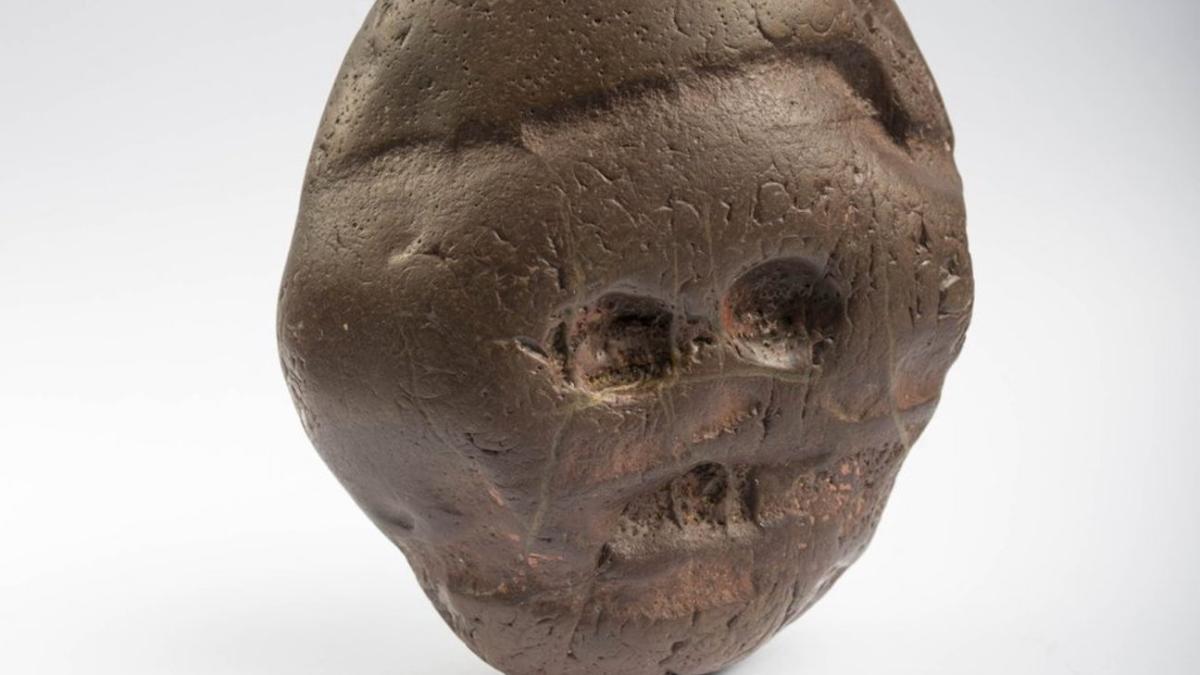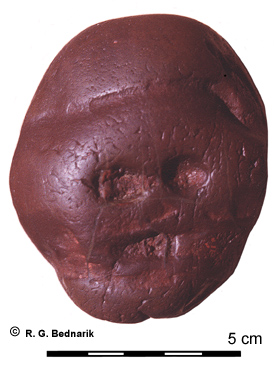
Sometime between 40,000 and 52,000 years ago, someone in a cave in what is now Borneo used some reddish ochre to draw a bull. If I was being honest about my own artistic skills, I would say that this is about as good a bull as I could draw, if not better:

Photo: Pindi Setiawan.
It is by no means definite that the unknown artist that painted this bull was the first person in all of history to ever attempt to depict something they saw in real life through the medium of art, but it is the first example we have found so far of someone doing that — at the end of last year, researchers from Queensland’s own Griffith University published a report declaring the paintings to be the oldest known example of figurative art.
For me, examples of figurative art are one of the easiest ways to force myself to remember that people in prehistoric times were not all that different from us. Sure, they didn’t have the internet or hot air balloons, but they looked and thought a lot like us. Drawing an animal that you saw requires a bunch of complex thought processes; the act of reducing a real, physical object into a symbolic one that will be recognised by your peers is not easy. Also, as anyone who is not an artist will tell you: drawing is hard.
If a Homo sapiens drawing a bull blew my mind, then you will not believe what learning about the Makapansgat pebble did to me. The Makapansgat pebble is a 260-gram jasperite cobble that is roughly 8cm long and 6cm across. It was discovered in a cave in the Makapan Valley in South Africa in 1925. Most importantly of all, it looks like this:
 Photo: Robert G Bednarik.
Photo: Robert G Bednarik.
One of the very cool things about the Makapansgat pebble is that it undeniably looks like a face. A very apprehensive one, but a face nonetheless. Something even cooler about the Makapansgat pebble is that, at some point, it had been picked up from where it lay and moved. The Makapansgat pebble was found far away from any natural source of jasperite cobble, amongst the bones of some Australopithecus africanus, a very, very early hominid.
Curator John: A 3 million-year-old face? #SouthAfricanArt pic.twitter.com/kjHaxw5K51
— British Museum (@britishmuseum) September 14, 2016
According to Australian prehistorian Robert G Bednarik, the pebble was picked up somewhere between 2.5 and 2.9 million years ago and carried for at least 32 kilometres. 32 kilometres, as you can imagine, is a long distance to walk. Australopithecus africanus, as you can also imagine, predates the existence of tote bags and pockets. Carrying this rock was a very intentional act, with the theory being that it was picked up because that motherfucker looks like a damn face:
By far the most conspicuous aspects of this object are its menacing ‘eyes’ and the several other, very prominent markings, all of which underline the iconographic properties of it resembling two faces. Not only are the markings on the cobble far too striking not to have been noticed by the australopithecines, if they did not notice them we would have to explain why they carried this object for a great distance and then left it at their occupation site. The argument against this explanation is that we do not know what the perceptive and cognitive capabilities of australopithecines were. But it is precisely for this reason that we should not presume to know that they were incapable of perceiving a ‘face’ on this cobble.
Three million years ago is a very long time in our history. To give you some idea, this is a rendering from the Smithsonian of what Australopithecus africanus likely looked like:

Photo: Smithsonian.
We’re basically talking animals that have more in common with the apes at the start of 2001 than they do with, say, my mate Dave.
These uprightish apes were wildly different to us. And yet — and yet — one of these furry bastards saw a rock with a smiley face on it and, for all we know, chuckled. Out of all the rocks that he or she saw, they picked up just one. Why? Because that hairy cousin of ours looked at that rock, saw its grimace, recognised in it some portion of itself, and declared ‘It me’.



